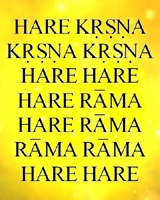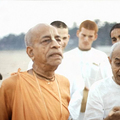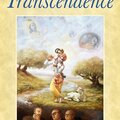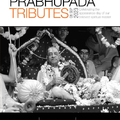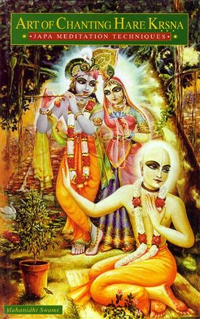
A Narada Bhakti-sutra az odaadás 39 gyakorlatát írja le, mint például az "Úr nevének halk, saját magunk számára történő japázása."
Srila Prabhupada a csendes japázásra vonatkozóan egyetértett a sastrával, de elmondta, hogy a Hare Krsna maha-mantrát lehet hangosan vagy halkan is énekelni.
Mahanidhi Maharaja: Art of Chanting Hare Krsna. 78. oldal
